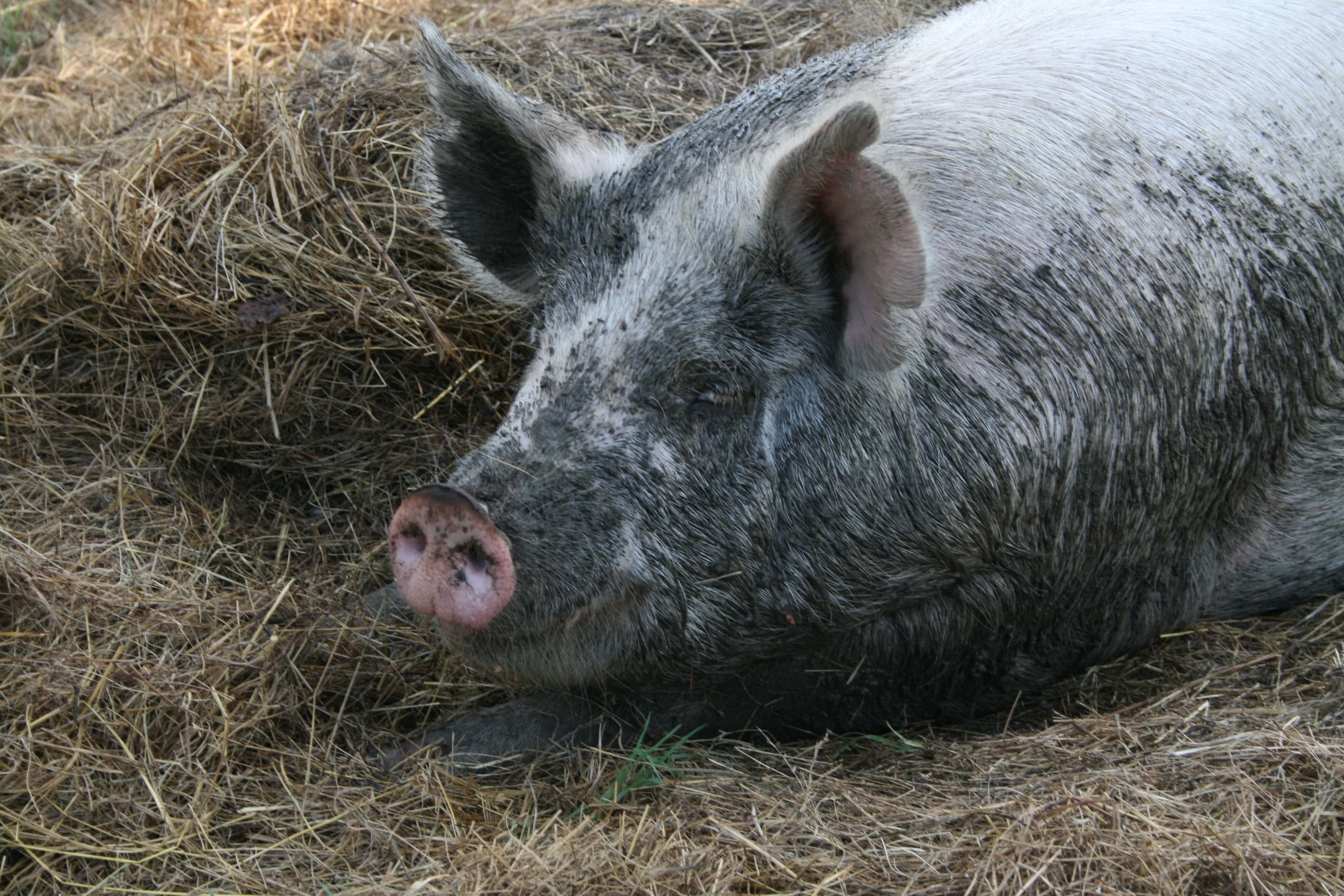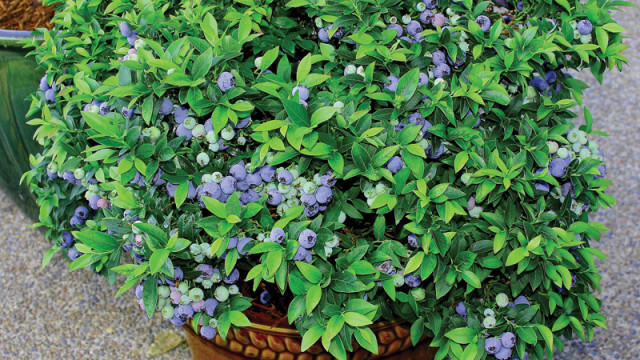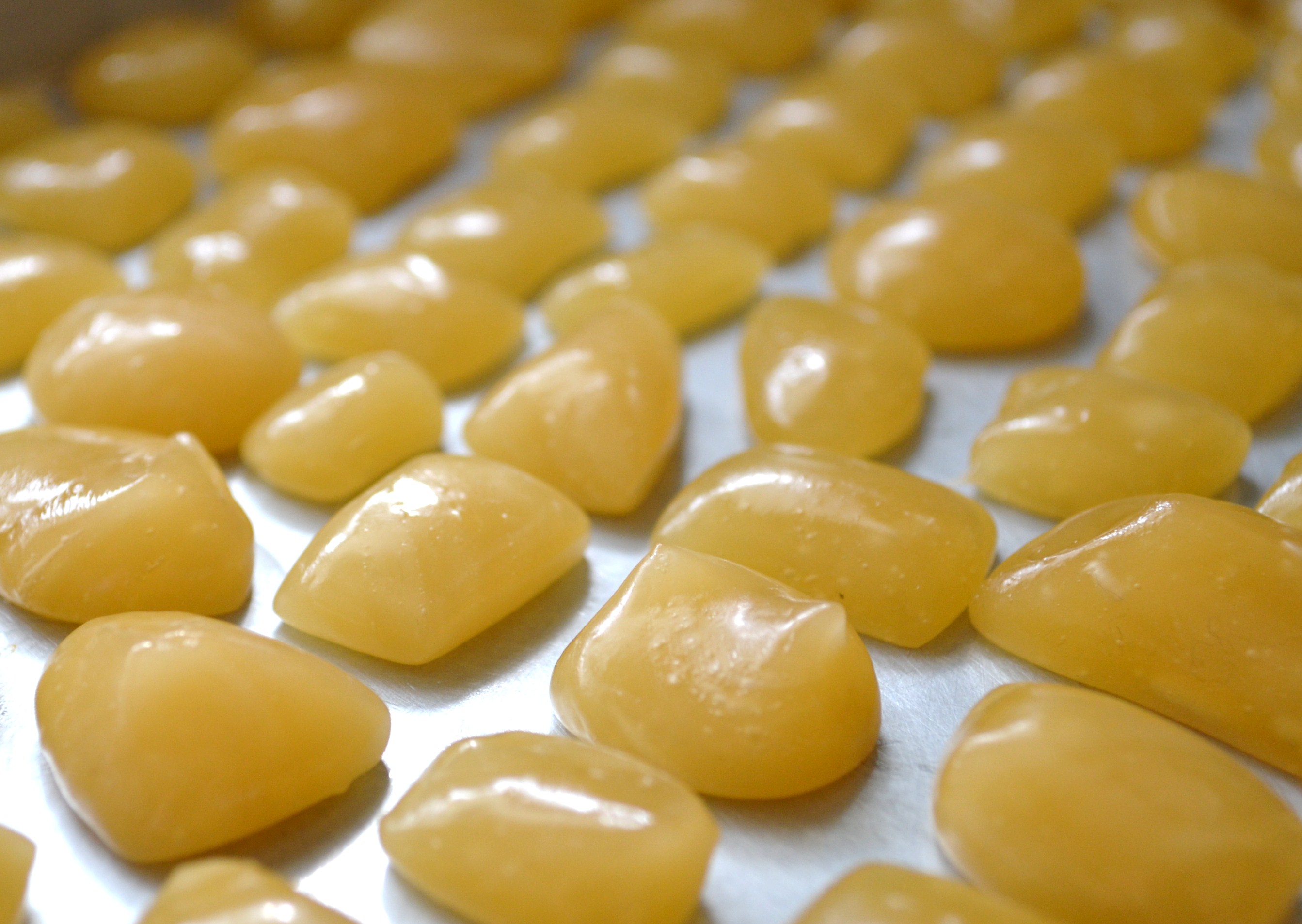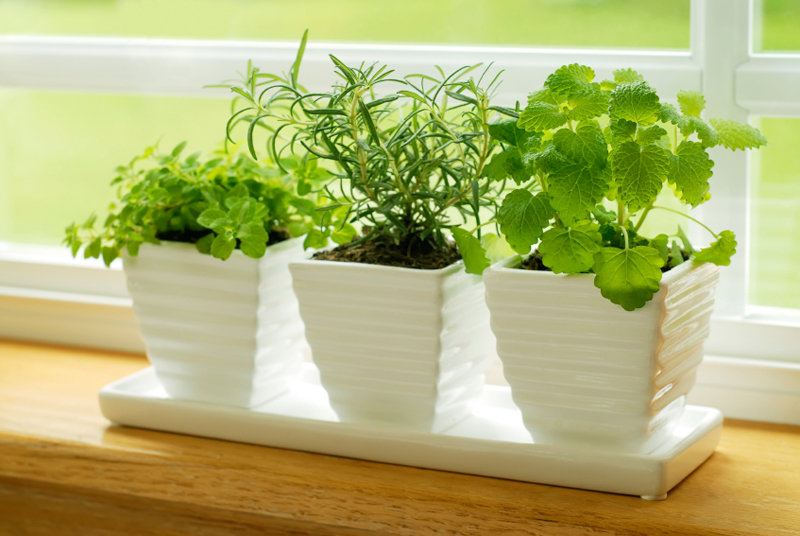DIY Clones
Downtime in the garden can really kill your productivity and efficiency. Cloning plants, such as tomatoes, will greatly reduce the time, space, and resources like potting soil. It will also give you a more predictable result, since you are not starting seeds with unknown traits, but cloning only the best plants in your garden. … Read more








